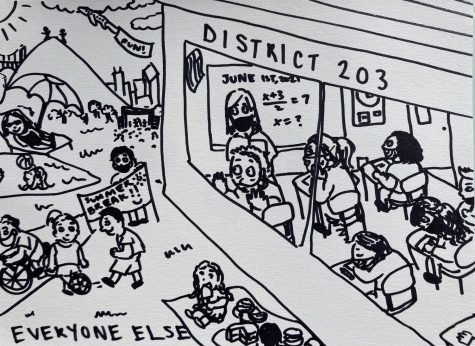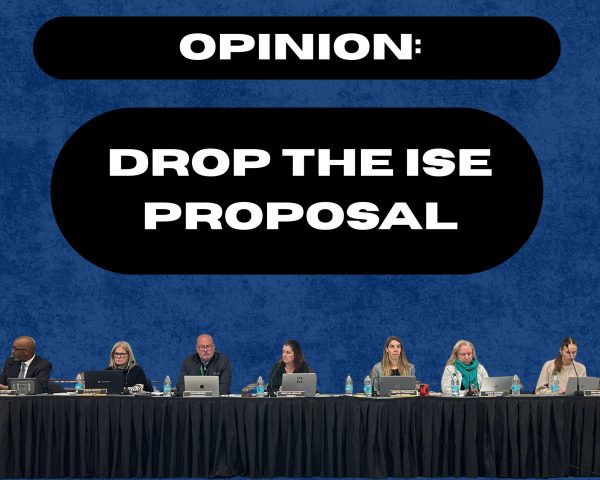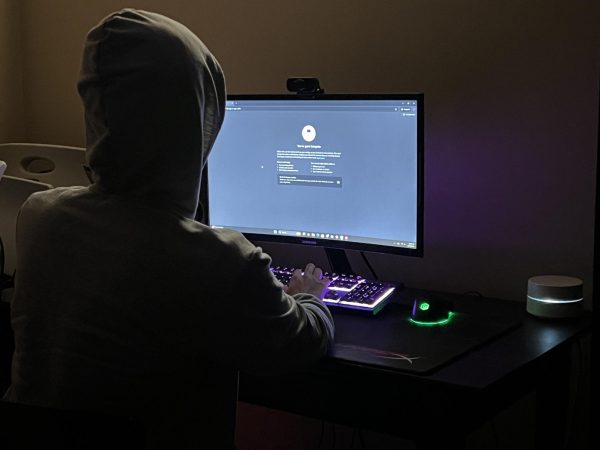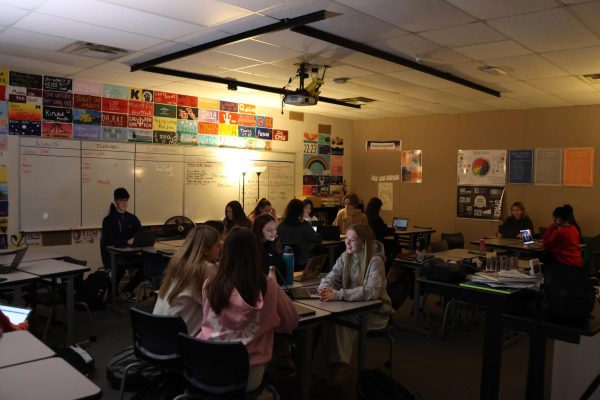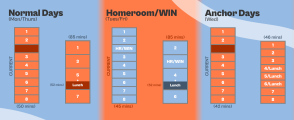Editorial: What National Teachers Appreciation Week should mean
Photo by Unsplash
The first full week of May is designated as National Teacher Appreciation Week in the United States. This year, it will run from May 3 to May 7. As its name suggests, it is a week dedicated to our teachers and to appreciate the lengths to which they go to ensure a quality education for their students.
In District 203 and across the country, the efforts of our teachers to do so could not be overstated. Despite the risk of infection, almost all of the faculty and staff in the district, and particularly at Naperville North, have made the decision to return to the classroom. To all of our teachers, janitors and administration staff members who do so knowing that they potentially put their lives at risk, thank you.
But as much as these teachers and officials do deserve appreciation and thanks, it’s important to recognize that in many areas of the country, they deserve far more. While in Naperville, both Districts 203 and 204 and their students are fortunate to have the resources necessary to provide for an adaptive, high-quality education, other school districts across the country, and their students, are not. This Teachers Appreciation Week — that appropriately commends the staff who are both haves and have nots — should serve as a chance to bring attention to the “have-nots.”
Problems with internet access still plague many students despite attempts across the country to secure said access. Even though some students may have computers and relatively reliable internet, they may experience issues which their districts do not have the capacity to resolve. Additionally, in rural areas, these problems are only exacerbated by the lack of broadband access already posing an issue before the pandemic. In West Virginia, for instance, only half of the state’s public school students could actually access online learning and receive it in full, compared to the originally expected number of students at four-fifths. In Colorado, according to USA Today even after a year from the pandemic, the number of students not connected to the internet has “barely budged.”
Even more concerning are those who were already on the edge before the disruptions from COVID. In 2019, the Economic Policy Institute estimated that “the nation’s public school teachers shell out, on average, $459 on school supplies for which they are not reimbursed.” Even before everything came to a stop and the normalcy that had been so attached to our daily lives changed forever, these teachers were using money that they could very well spend for themselves to ensure their students had the best experience possible — even when they did not have to.
These tragic statistics are partly due to the effect the Great Recession had in public education. In states such as Oklahoma, which cut public school funding by 15% below pre-Great Recession levels in 2019, impeding the ability of districts to provide better staff and materials, staff have become constrained in their ability to satisfy their needs, leading to such analysis. Frustrated, they have taken to the streets in protest, yet spending still remains yet to recover.
Such calls are not restricted to Oklahoma; the Chicago Teachers Union dominated the headlines last year when it called for a strike for better wages that lasted 11 days, resulting in the approval of a plan to raise salaries by 16% in five years. Their calls, now more important than ever as a result of the pandemic, seem to have some merit: although Chicago Public Schools teachers are paid higher than most public school teachers in the country, the Chicago Teachers Union contends that as a result of rules that require teachers to live in the expensive district, and the high cost of a college degree, the pay of the district does not mean as much as it should. And while many schools are moving back in person, the risk of COVID infection — as much as restrictions are effective — is still present. Nationwide, polling shows that 27% of teachers have considered quitting their jobs during the pandemic, and job satisfaction for teachers has reduced by 60%.
The fact is that the issues within the American public school system are not visible in some far away inner city or rural hamlet; they are unfolding all around the suburban communities, including Naperville. They are occurring at this present moment, and no school district nor school — even in Naperville — may soon be spared.
Today, the “haves” and “have-nots” now face these challenges head-on. Yet, despite all of this and more, they are still trying their best to weather the storm and provide for their students.
As much as they deserve our gratitude and appreciation, not only from May 3-7, but in general, they need not face these challenges. Things can be changed, and they should be, so that teachers can work better with their students to create a suitable learning environment in which they can thrive. National Teacher Appreciation Week should not only be looked at as an opportunity to thank teachers, but to recognize the problems they face and encourage their resolution by those who have the power to do so.



